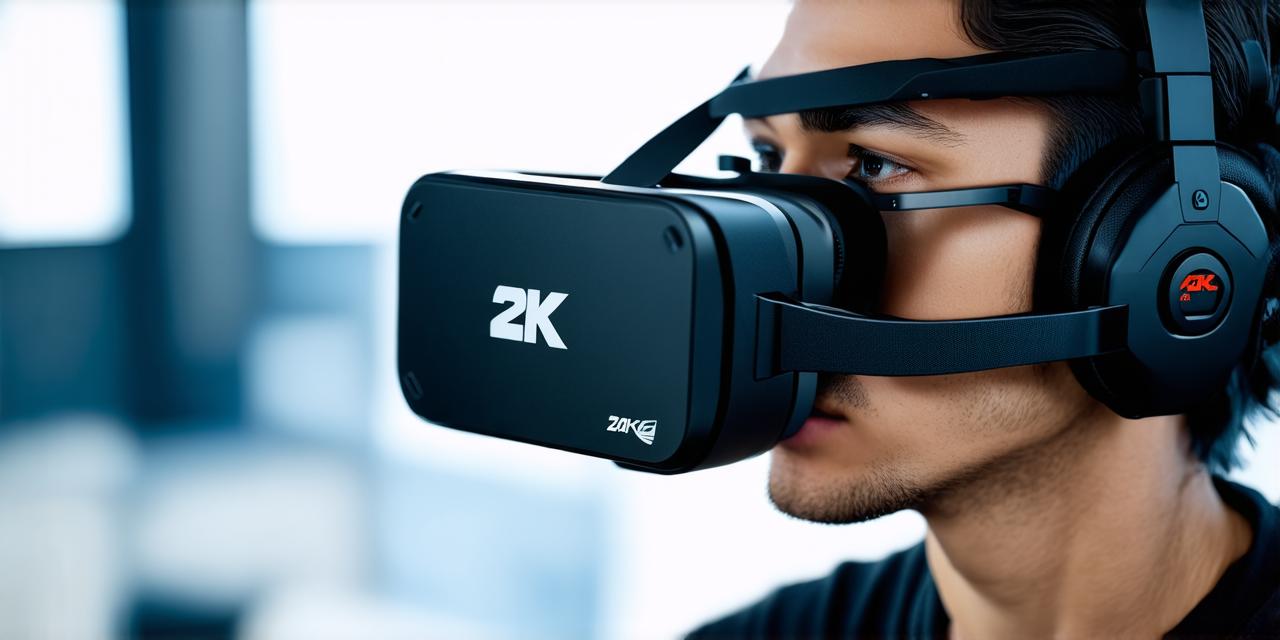What is Virtual Reality?
Virtual reality refers to a computer-generated simulation that creates an illusion of being present in a physical environment that is not real. VR technology includes a headset, motion sensors, and other equipment that tracks your movements and adjusts the virtual environment accordingly. The goal of VR is to create a sense of immersion and presence that makes you feel like you are actually in the virtual world.
The Main Components of a VR Setup
There are several main components that make up a VR setup, including:
- Headset: The headset is the most important component of a VR setup. It tracks your head movements and adjusts the virtual environment accordingly to create a sense of immersion. There are many different types of VR headsets available, ranging from affordable options like the Oculus Quest 2 to more expensive options like the HTC Vive Pro Eye.
- Motion Sensors: Motion sensors track your movements in real-time and allow the VR system to adjust the virtual environment accordingly. There are many different types of motion sensors available, including handheld controllers, gloves, and full-body tracking systems. The type of motion sensor you choose will depend on your specific needs and preferences.
- Computer: A powerful computer is necessary to run VR applications and games. The computer should have a high-end graphics card and sufficient processing power to handle the demands of VR.
- Monitor: If you plan to use your VR setup for gaming or other non-VR activities, you may want to invest in a high-quality monitor as well. This will allow you to continue using your computer while still enjoying the benefits of VR.
- Room Setup: The room you set up your VR system in will also impact your experience. You’ll need enough space to move around comfortably and avoid bumping into objects or obstacles. It’s important to choose a room with minimal distractions and good lighting.
Choosing the Right Gear for Your Needs
When choosing the right gear for your VR setup, there are several factors to consider:
- Budget: The cost of VR equipment can vary widely depending on the quality and features you want. It’s important to set a budget before you start shopping and choose equipment that fits within that budget.
- Comfort: Comfort is key when it comes to VR. You’ll be wearing a headset for extended periods of time, so it’s important to choose one that is comfortable and lightweight. You’ll also want to invest in good quality motion sensors that track your movements accurately and don’t cause any discomfort or fatigue.
- Graphics Quality: The graphics quality of VR applications and games can have a big impact on your experience. If you plan to use your VR setup for gaming or other non-VR activities, it’s important to choose equipment with high-quality graphics to ensure the best possible experience.
- Room Size: The size of the room you set up your VR system in will also impact your experience. It’s important to choose a room that is large enough to allow for comfortable movement and avoids bumping into objects or obstacles.
